"Did we get him?" "Yes, he’s down"
These are the words you hear before we listen to the last rattling breaths of an adult elephant, suffering from a bullet that just hit him. The bullet was shot by no one else than the head of the National Rifle Association Wayne LaPierre. The shocking scene was recorded in 2013 for an NRA-sponsored television series that was meant to be a PR campaign to promote the organisation among hunters.
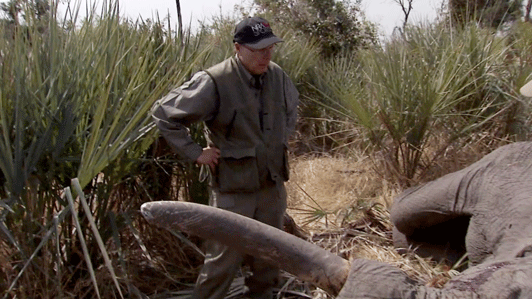
The video was resurfaced this year by the New Yorker and non-profit organisation The Trace, giving insight into the brutality that wildlife and endangered animals are subjected to for both commercial and recreational purposes. The intended PR boost turned out to be a real PR disaster, as LaPierre takes three failed shots until another staff member steps in and kills the suffering animal. Scenes of his wife killing a male elephant in one shot further undermine LaPierre’s skills. At one point in the video LaPierre asks “What am I doing?” - a quote that could summarize the whole event.
These scenes were captured in Botswana’s Okavango Delta, which has an estimated population of 130,000 savanna elephants. The animal slaughtered by LaPierre was declared as endangered on the IUCN Red List of Threatened Species in the beginning of 2021. The protection of these animals is a major aspect of the United Nations Sustainable Development Goal on Life on Land, part of which is the conservation of biodiversity.
Nevertheless, people like LaPierre have continued to shoot and kill endangered animals, and such a bizarre phenomenon is exactly what artist Diana Thater explores in her works.
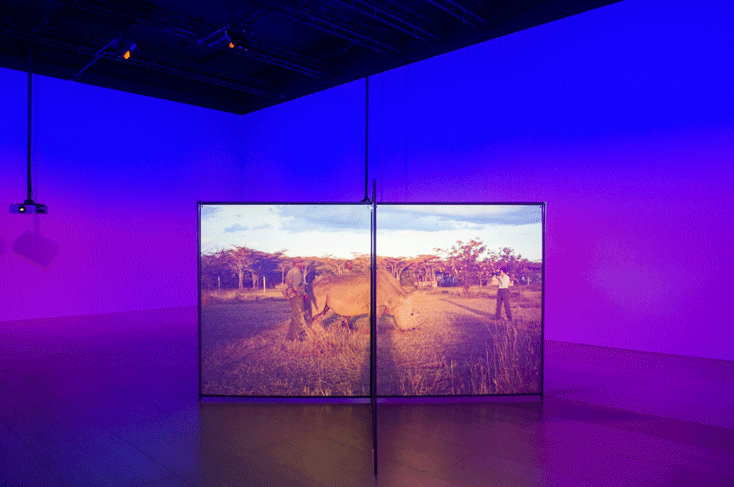
The Los Angeles-based artist is famous for her pioneering films, videos, and multimedia installations, always addressing the tension between the natural environment and human interference. Thater’s exhibition “A Runaway World” embodies this practice, documenting the beauty of wildlife in contrast with the harsh reality of the dangers that wild animals are facing.
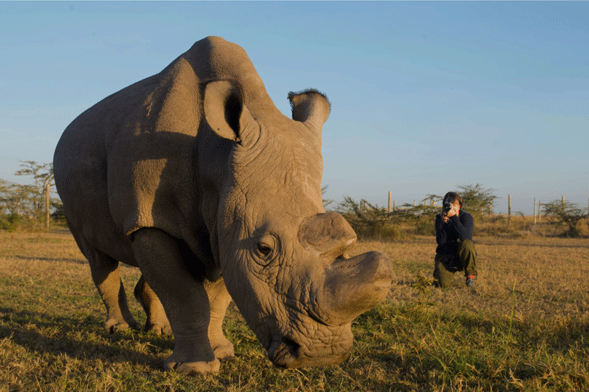
"A Runway World" was on display from 2017 to 2018 at the Guggenheim Bilbao after the show made a tour around LA and Istanbul. Thater uses a variety of lighting and installation techniques combined with a unique talent to highlight the subject with dignity and depth, adding a documentary touch to the work.
In an interview with Baku magazine, Thater explained why she choose these particular species as a subject:
“I wanted to make the alternative to National Geographic – films and videos that show that representation of the other is difficult and the nature of a representation has to be many things at once: both live action AND abstract; figurative AND conceptual.”
Considering her success, she has definitely accomplished that goal. Even though her show is not issued anymore, it is still available to watch online here.
With her art, Thater manages to show the beauty of wildlife and its animals combined with the cruel reality of human interference seen in the LaPierre video.
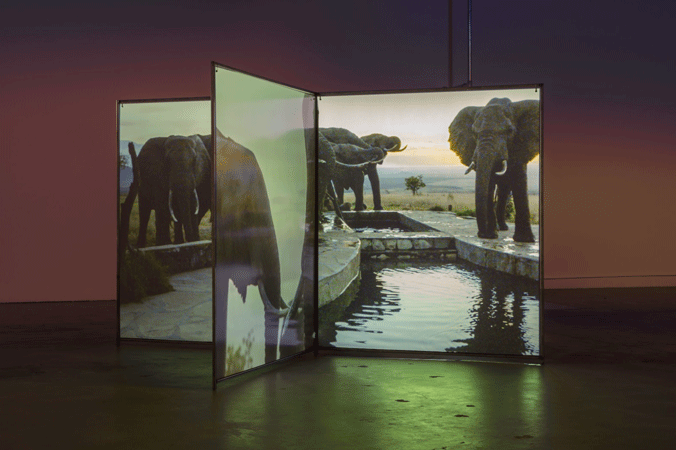
Every time LaPierre or his wife Susan kills an elephants, they celebrate their actions, admiring and touching the dead animal while complementing its strength and appearance. The irony, of course, is that instead of admiring these qualities while it is alive, they have just killed it.
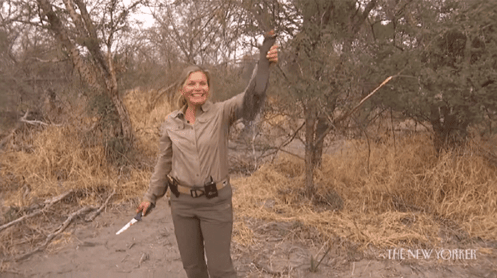
A moment that highlights this bizarre situation is when, after shooting the elephant, Susan LaPierre, walks over to its corpse, praising his appearance and telling the elephant, “You’re a good old guy. A real good old guy,” as if she didn’t just end his life.
The actions portrayed in the New Yorker video are bizarre and brutal, but it is not the lack of LaPierre’s shooting skills that are the most concerning - it is the way people celebrate the killing of a majestic animal like it's a birthday party, without any regrets.
Find everything you need to know about Diana Thater and her recent campaigns on her Instagram and website.
